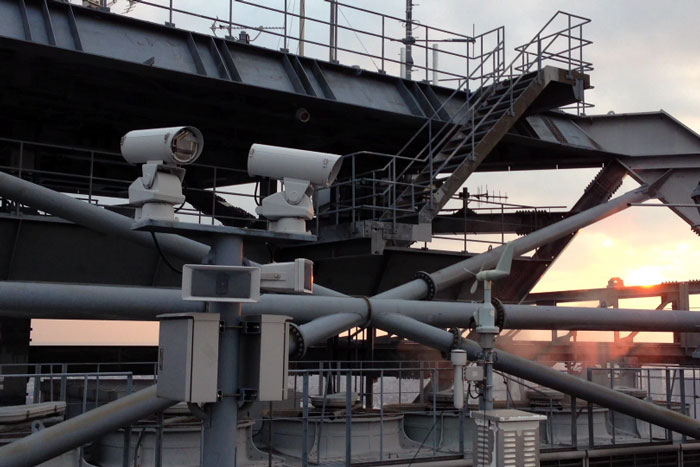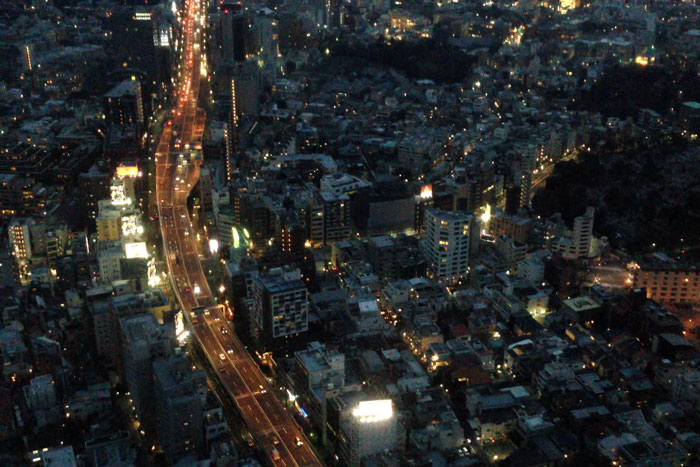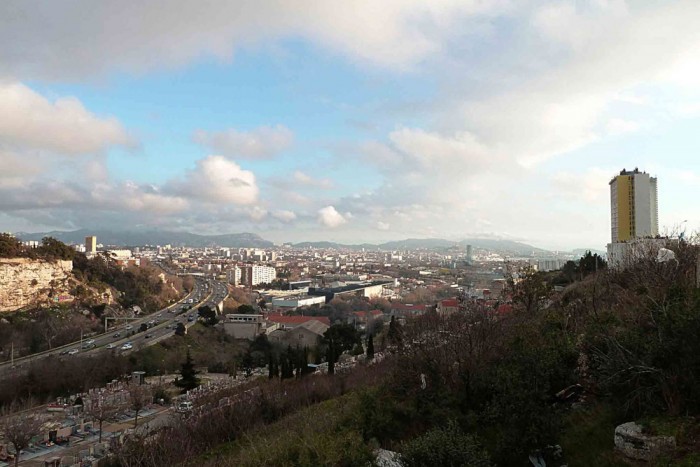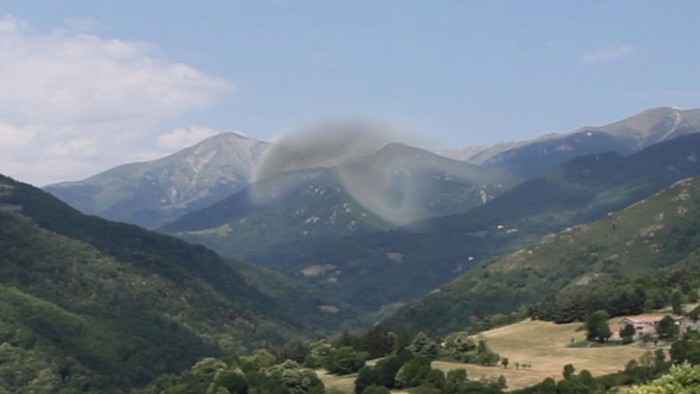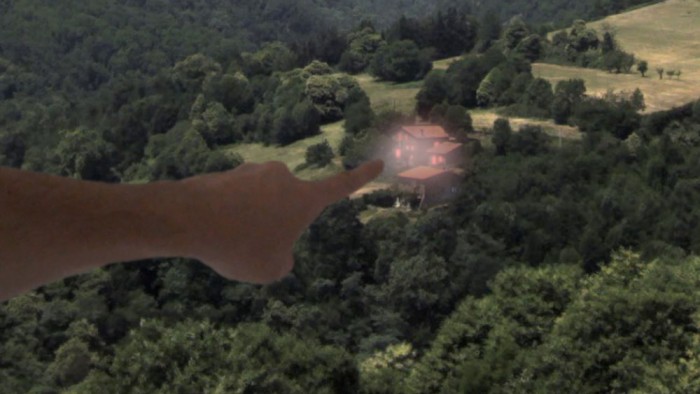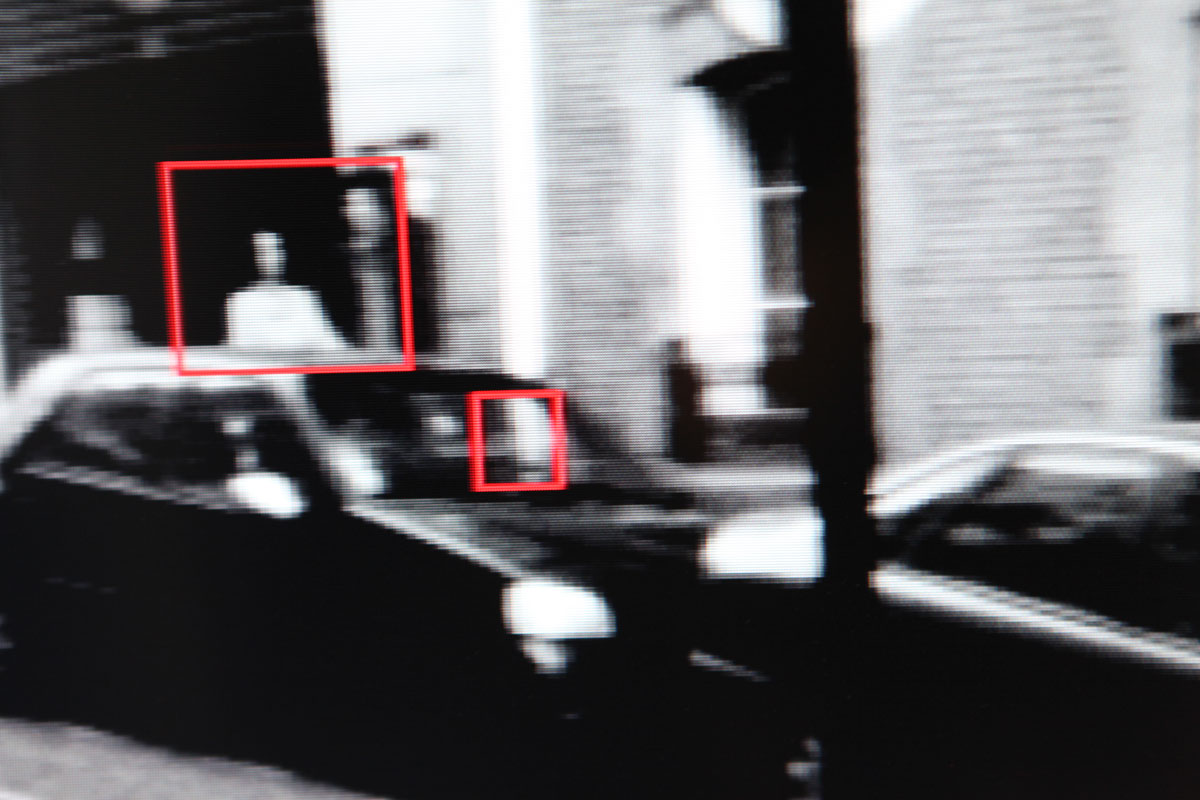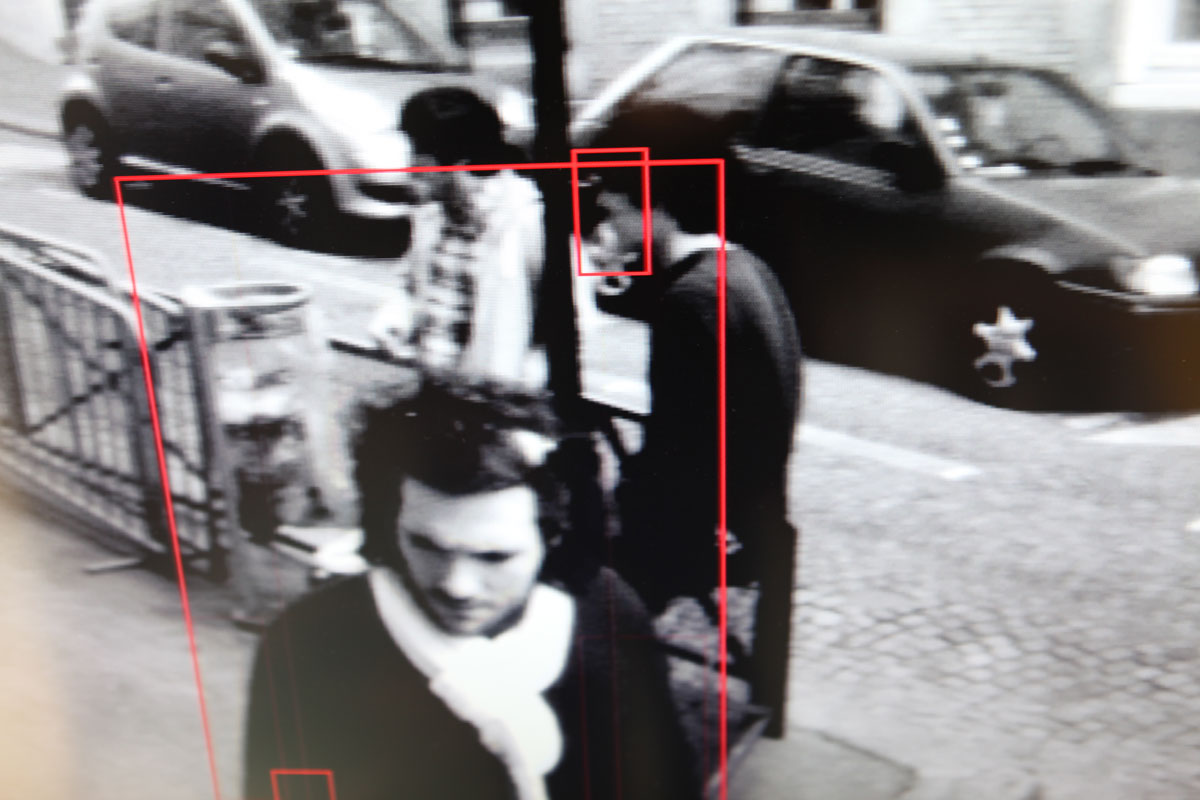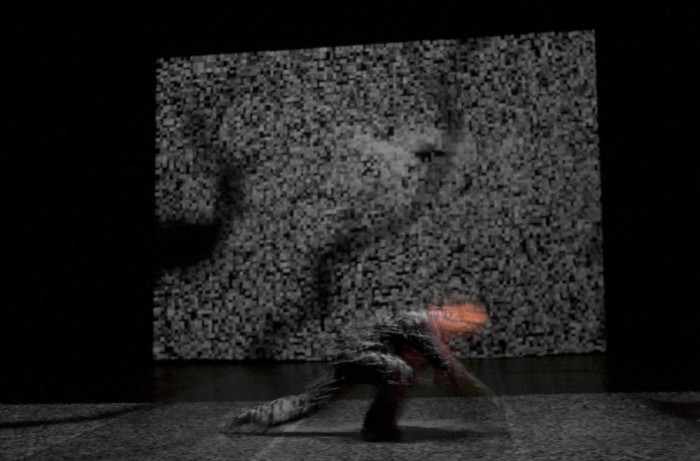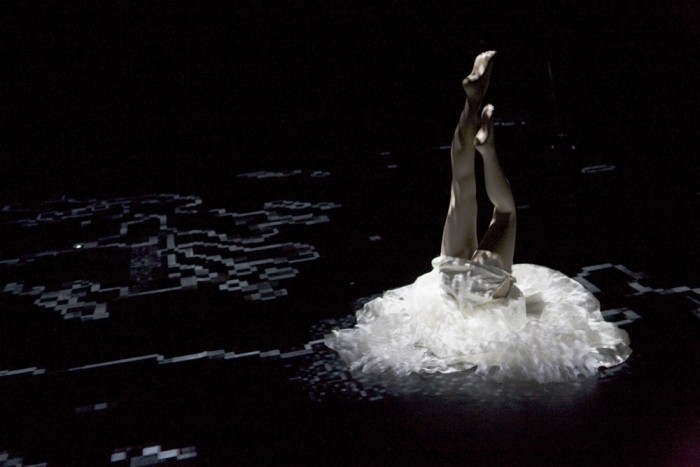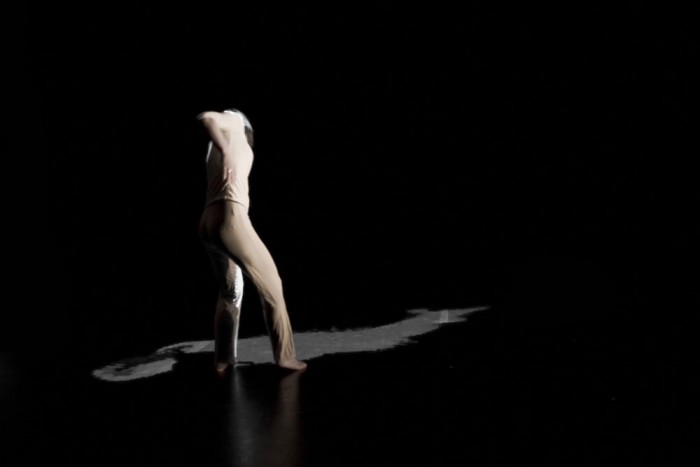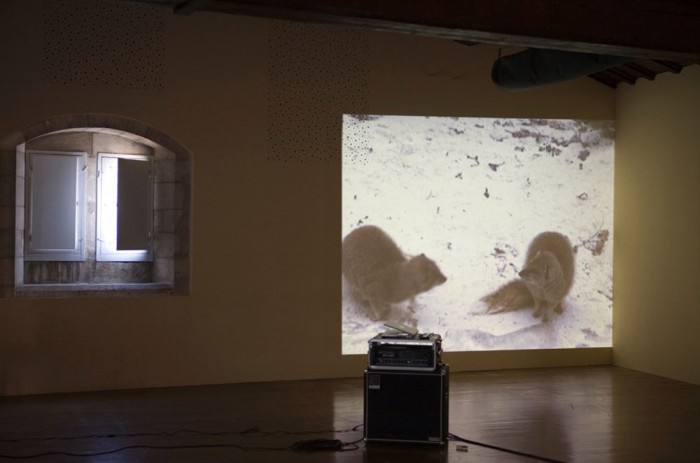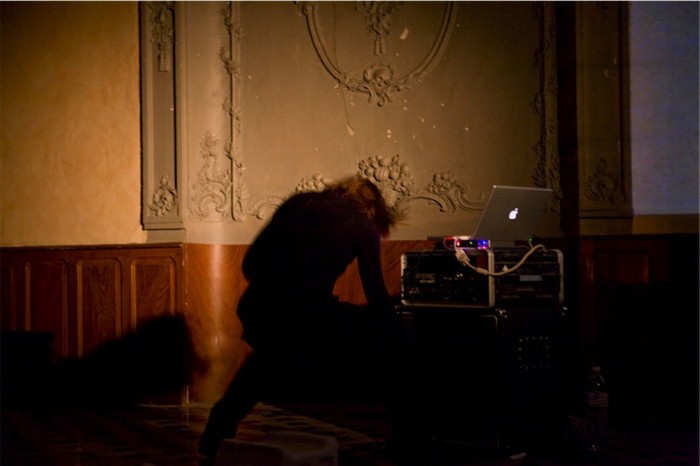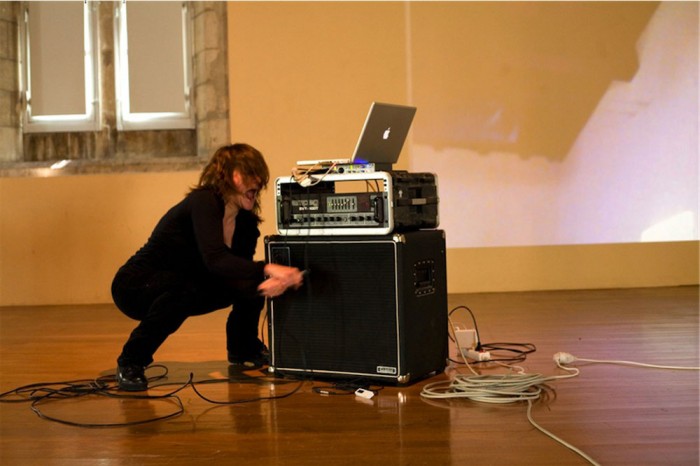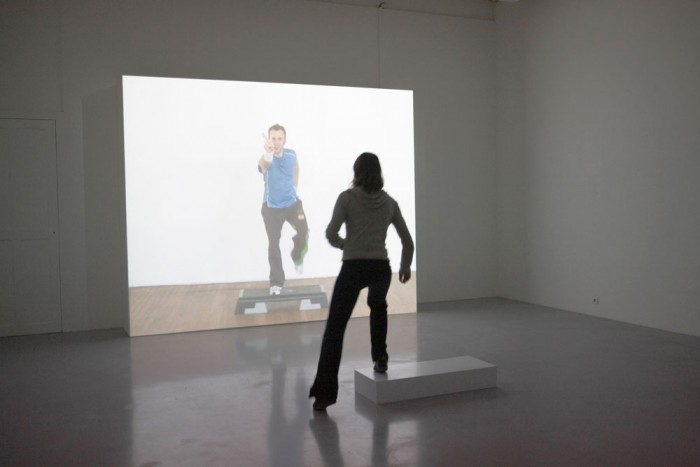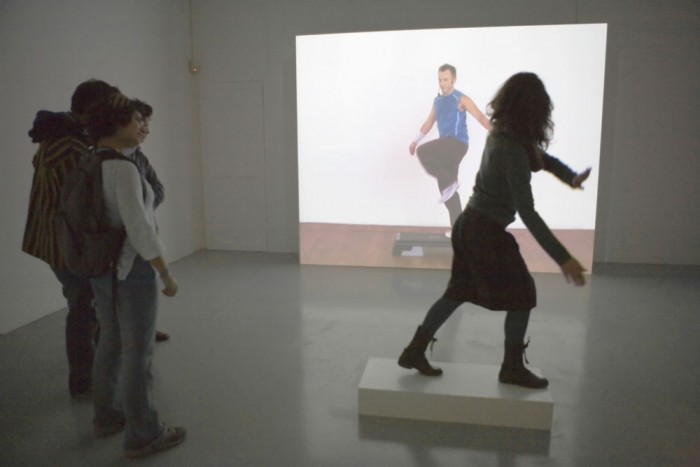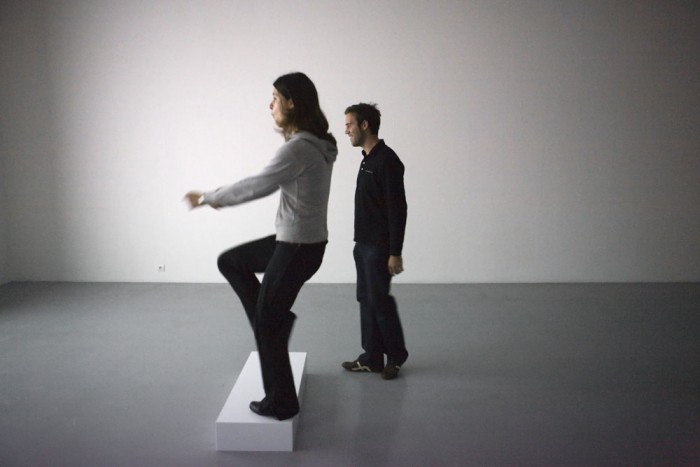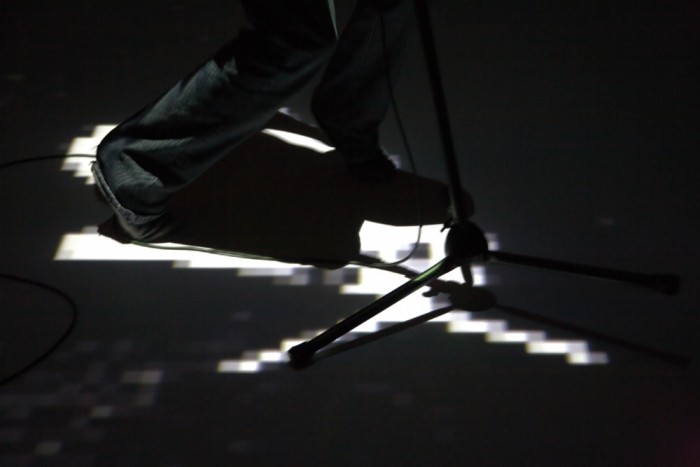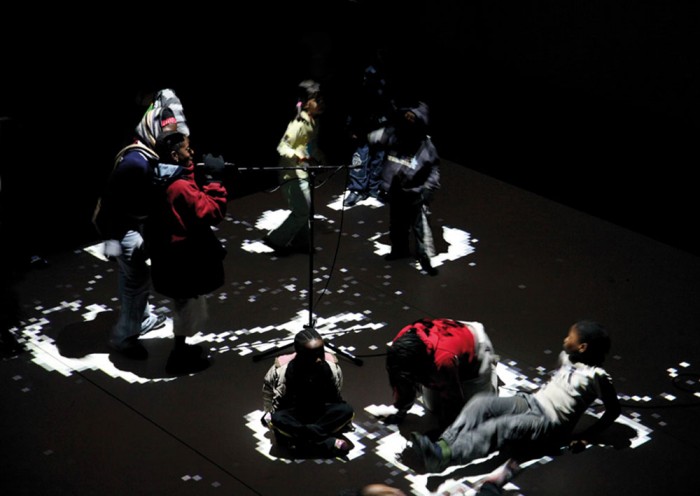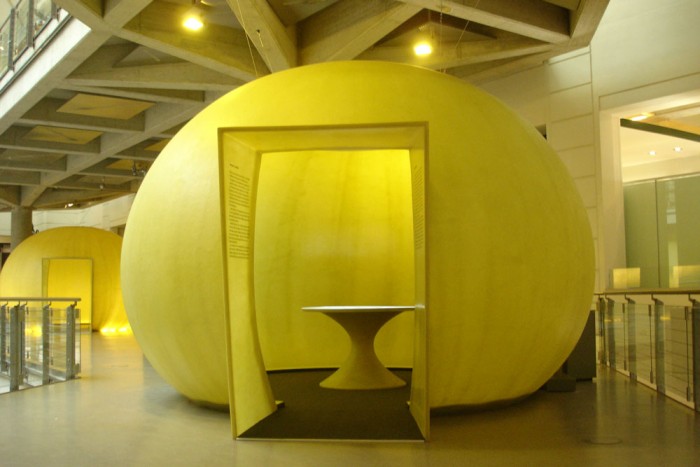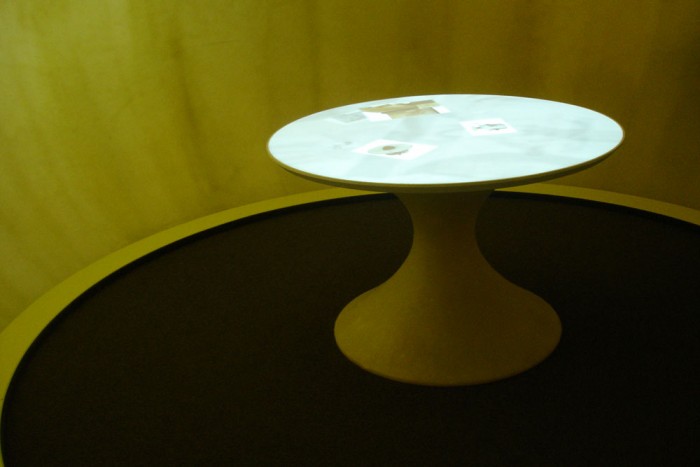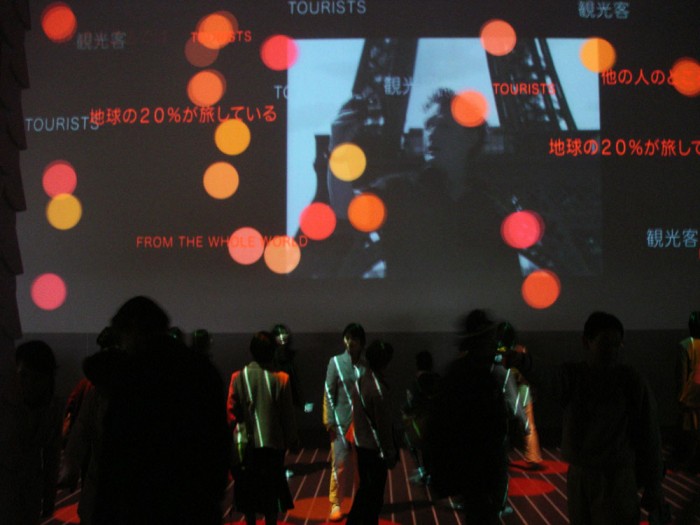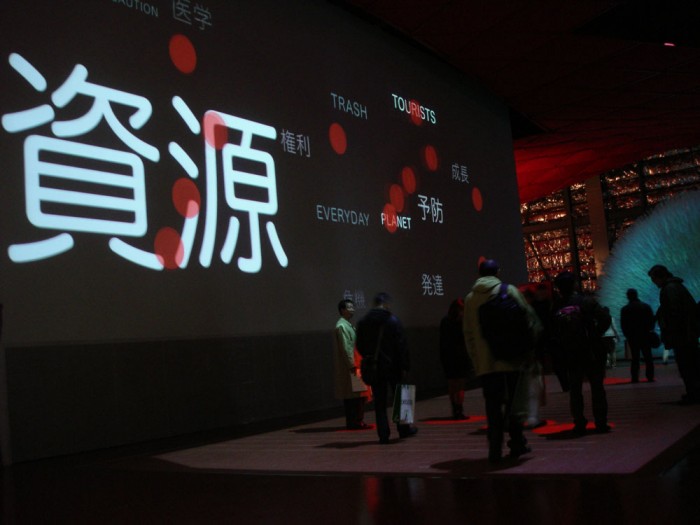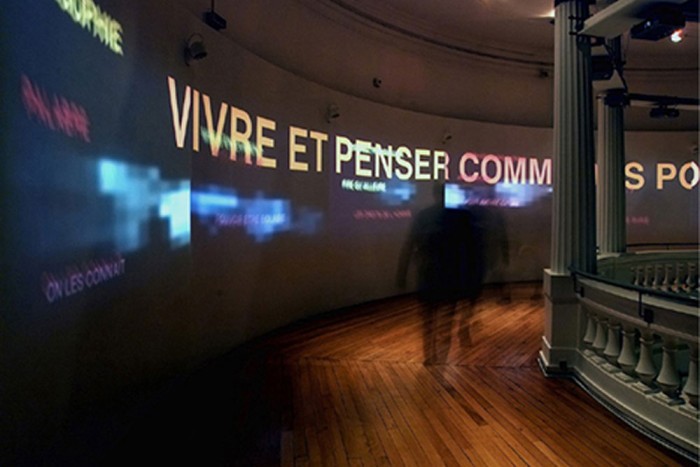Installation (2017)
series of videos found on Youtube (32′), video player and projector, bathroom mirror, headphones, variable dimensions.
In Heterotopia, solo show, Musée d’art et d’histoire de Saint-Denis, 16-07 – 06-08.
The installation projects in the exhibition space a series of video testimonials by people in the US who have left the social networks… and which paradoxically publish it all on Youtube. The abandonment of an experience described as superficial but providing also of a social recognition, and the resulting anxiety provoke a proselytizing discourse of “recovered life”, which evokes both the born again and the collectives of dependent persons, raising the quasi-religious dimensions of these attachments.
The device consists of a video projector and a bathroom mirror that projects the image to the ceiling or height of the room, as if their image came from outside our space. The videos are in English. An audio headset allows to listen to them individually.

List of videos URL:
Amy M – Why I quit Social Media – https://www.youtube.com/watch?v=TgdCdd6ShLA
BrookeAlexia – Deleting my social media https://www.youtube.com/watch?v=O3Ed9vwhsRU
Cora Handley – Why I Deleted Most of My Social Media And Cut Off Most of My Friends – https://www.youtube.com/watch?v=-l0ZAd8D4Ao
D-Span – Why I quit social media and what it did! – https://www.youtube.com/watch?v=ljsxyN_rzok
Elessa O’Neil – Why I Really Quit Social Media – https://www.youtube.com/watch?v=gmAbwTQvWX8
Hans Jordan P – Why I quit Social Media – https://www.youtube.com/watch?v=80SVzi7BEnI
Haters Keep Up – Jay Junior – The Time I quit Social Media: Experiment – https://www.youtube.com/watch?v=P1wlWT_2DNI
Iggy Azalea – Just Quit Social Media! – https://www.youtube.com/watch?v=DmN3_1n0ZKw
Infinite Stars – Why I Quit Social Media – https://www.youtube.com/watch?v=iHNhDE8NVvI
Ismael Millan – Why I quit Social Media!!! – https://www.youtube.com/watch?v=tCACOqaWZJ0
Koi Fresco – I’m Leaving Social Media… (Why You Should Too) – https://www.youtube.com/watch?v=hTbN68qvjwI
Lexi Dacrel – I Quit Social Media – https://www.youtube.com/watch?v=jEIy-Z6pqsA
Mischa Janiec – Why I Quit Social Media – https://www.youtube.com/watch?v=Rr6qaThFx4Y
Nikki Sharp – Why I’m Quitting Social Media – https://www.youtube.com/watch?v=n7YXOJo-78o
Paullikespasta – Why I Quit Social Media Response – https://www.youtube.com/watch?v=o2_JbfRKXdo
Set Sail – Why I’m quitting Social Media For A Month – https://www.youtube.com/watch?v=IRbGesLcTMU
Sleeping Is For Losers – I quit Social Media – https://www.youtube.com/watch?v=5XukglIWwNk

